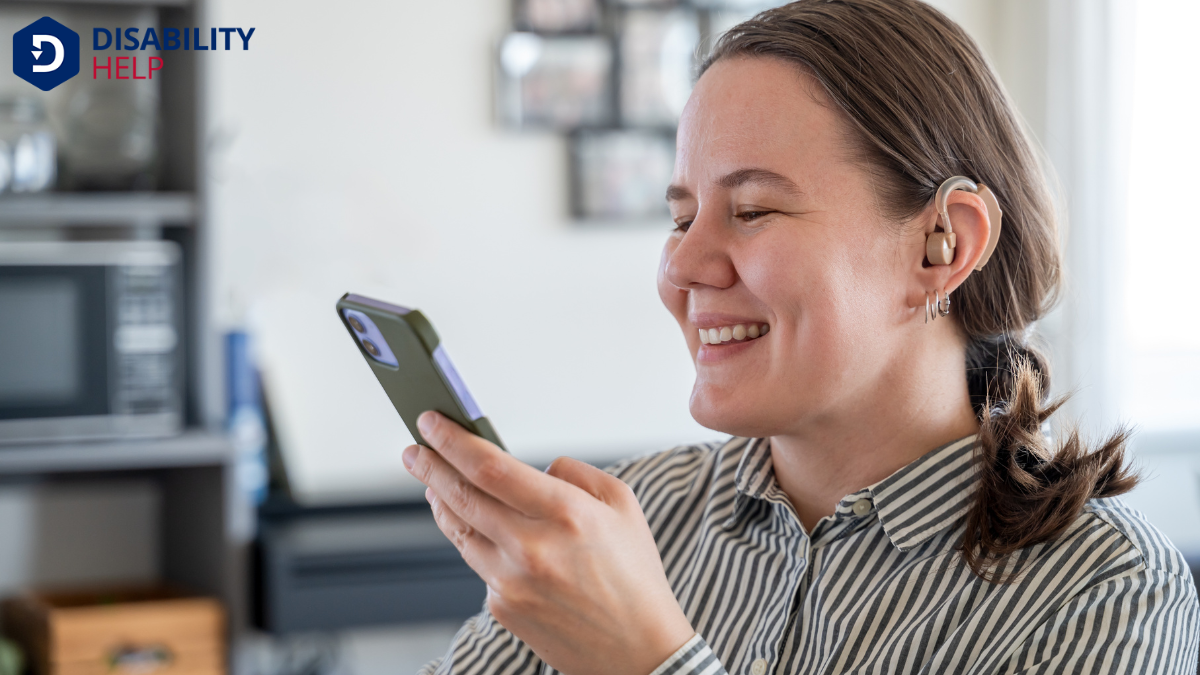When it comes to assistive listening devices, it's essential to understand the four major types that can greatly enhance our auditory experiences. These include personal sound amplifiers, FM systems, infrared systemsAssistive listening systems that use infrared light to transmit sound to a receiver, aiding individu..., and induction loop systems. Each type has its unique advantages, catering to different listening needs and environments. As we explore these devices, we'll discover how they transform the way we engage with sound, opening up new possibilities for those with hearing challenges.
Key Takeaways
- Personal sound amplifiers boost surrounding sounds for improved hearing without needing hearing aids.
- FM systems transmit sound directly to the listener, enhancing speech comprehension in group settings.
- Infrared systems use light waves for secure, interference-free sound transmission in confidential environments.
- Induction loop systems create a magnetic field for direct audio transmission to T-coil equipped hearing aids.
- Assistive listening devices improve communication and auditory experiences in various environments.
Personal Sound Amplifiers
When it comes to enhancing our hearing experience, personal sound amplifiers can be a game-changer. These devices help us by boosting the sounds around us, making it easier to hear conversations, the TV, or even the sounds of nature. They’re especially useful for those of us who need a little extra volume but aren't ready for or in need of a hearing aid.
These amplifiers are typically small and portable, allowing us to carry them conveniently wherever we go. We can adjust the volume based on our environment, ensuring we hear what’s important without unnecessary strain.
Designed for comfort and ease of use, personal sound amplifiers offer an accessible way to improve our daily interactions and overall auditory experiences.
FM Systems

While personal sound amplifiers boost nearby sounds for individuals, FM systems take a different approach by improving auditory experiences in group settings. These systems focus on transmitting sound directly from a source, like a teacher's microphone, to a receiver worn by the listener.
We often see FM systems used in classrooms, theaters, or conference rooms, where background noise can be a challenge.
FM systems work by using radio frequencies to send sound signals clearly and directly, reducing interference from surrounding noise. This direct transmission enhances speech comprehension, allowing us to engage more fully in conversations and presentations.
Infrared Systems
Infrared systems offer an alternative solution for enhancing auditory experiences by using light waves to transmit sound. These systems work by sending audio signals via infrared light, which a receiver picks up and converts back into sound.
Since infrared light doesn’t pass through walls, these systems provide a secure, interference-free listening experience. We often see them used in places like theaters and courtrooms where privacy is essential.
For us, understanding infrared systems means recognizing their strengths and limitations. They excel in settings where confidentiality is critical, but they require a clear line of sight between the transmitter and receiver.
Additionally, they can't be used in bright sunlight as it can interfere with the infrared signal. Infrared systems are valuable tools in our quest for better hearing solutions.
Induction Loop Systems
Moving from light-based technology to magnetic fields, we explore induction loop systems, another effective tool for improving hearing experiences.
These systems use a wire loop to create a magnetic field, directly transmitting sound to hearing aids or cochlear implants equipped with a telecoil (T-coil). This method reduces background noise and provides clear audio, making it especially useful in public spaces like theaters, lecture halls, and places of worship.
To benefit, we guarantee our hearing devices have a T-coil feature. Once activated, the device picks up audio signals from the loop, delivering sound directly to our ears.
This setup allows us to participate fully in conversations and events, enhancing overall communication. Induction loops offer a seamless, user-friendly hearing solution for many settings.
Conclusion
In exploring assistive listening devices, we’ve seen how personal sound amplifiers, FM systems, infrared systems, and induction loop systems each enhance our auditory experiences uniquely. Personal amplifiers boost sounds for individual needs, FM systems connect us in group settings, infrared systems offer secure transmissions, and induction loops integrate seamlessly with hearing aids. By understanding these options, we’re better equipped to choose the right solution for our listening challenges, improving our ability to connect and communicate effectively.






